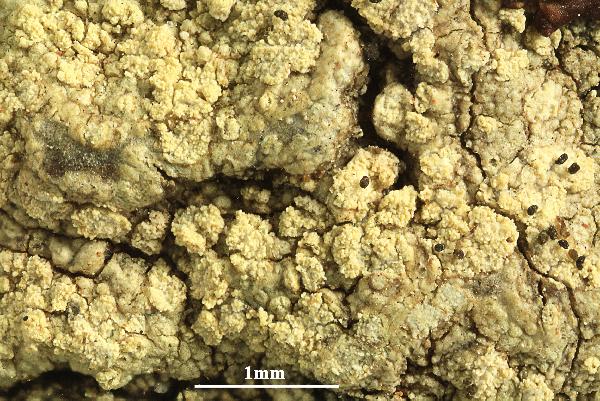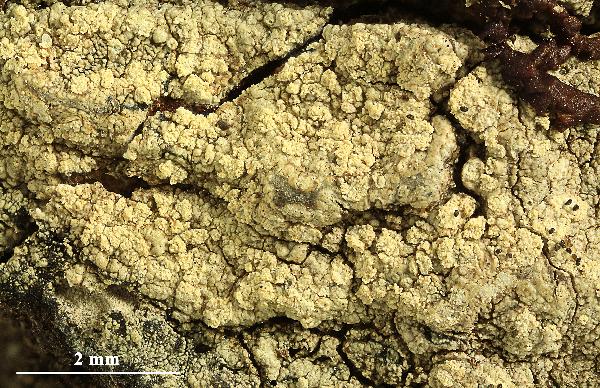Lecanora jamesii J.R. Laundon
Lichenologist, 2: 122, 1963.
Synonyms:
Distribution:
Description: Thallus crustose, episubstratic, smooth to granular, grey, +with translucent spots when wet, corresponding to aggregation of crystals, sorediate, forming 2-3 cm wide patches, sometimes delimited by a black prothallus. Soralia developing from small, c. 1 mm wide warts, orbicular, convex, up to 1 mm across, yellowish green (turning white in the herbarium), with farinose soredia. Apothecia rare, lecanorine, up to 0.9 mm across, immersed or subsessile, with a pale green to blackish, flat disc, and an entire to finely crenulate, finally often excluded thalline margin. Thalline exciple with clusters of large crystals visible under polarized light; epithecium pale yellowish brown, with numerous small crystals; hymenium colourless, 35-65 μm high; paraphyses sparingly branched, the apical cells hardly swollen; hypothecium colourless. Asci 8-spored, clavate, very thin-walled, with a K/I+ blue, tall tholus penetrated by a faintly amyloid apical cushion, the wall K/I-, surrounded by a blue outer layer, Lecanora-type. Ascospores 1-celled, hyaline, ellipsoid, (7-)10-14 x (4-)6-8 μm. Photobiont chlorococcoid. Spot tests: thallus K-, C-, KC-, P-; soralia K- or K+ pale yellow, UV- or UV+ pale orange. Chemistry: soralia with usnic acid, 2-O-methylsulphurellin, and variable amounts of atranorin and chloratranorin.Note: on the bark of deciduous trees in rather humid situations; a mainly western species, not yet reported from Italy but known from adjacent areas in the Alps; to be looked for, especially in Tyrrhenian Italy. For further details see Malíček & al. (2017).
Growth form: Crustose
Substrata: bark
Photobiont: green algae other than Trentepohlia
Reproductive strategy: mainly asexual, by soredia, or soredia-like structures (e.g. blastidia)
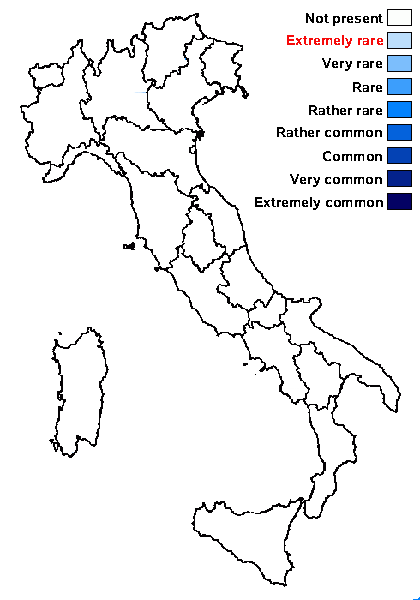
Predictive model
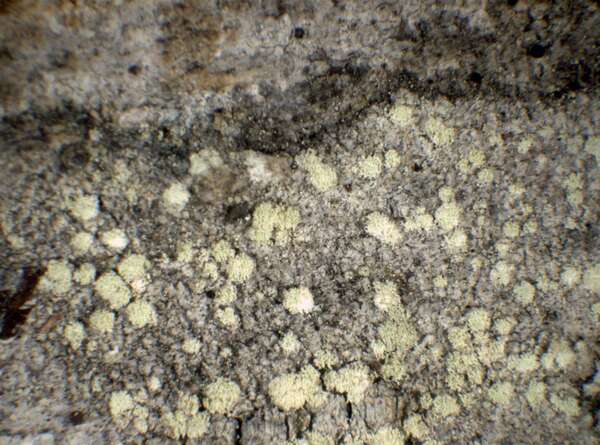

P.L. Nimis - Department of Life Sciences, University of Trieste -CC BY SA 4.0
Herbarium: TSB (31426)
2001/11/25
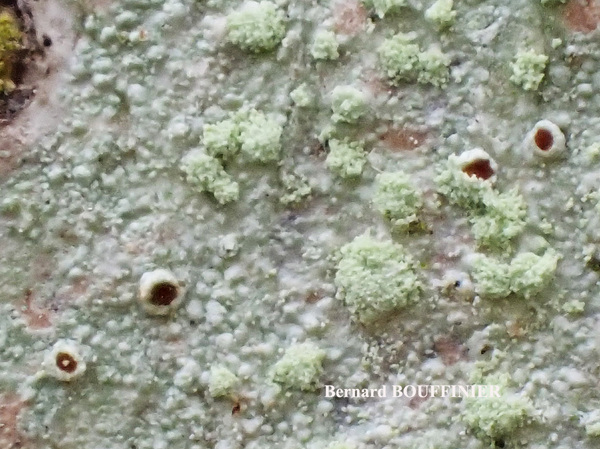
Bernard Bouffinier - Source: http://www.lichensmaritimes.org/index.php?task=fiche&lichen=788&lang=en
France, Roscanvel
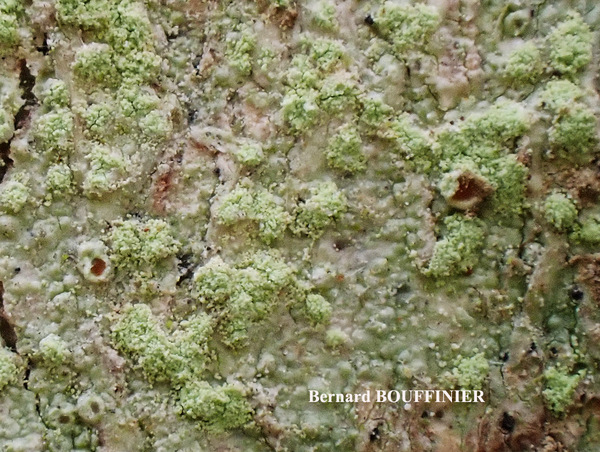
Bernard Bouffinier - Source: http://www.lichensmaritimes.org/index.php?task=fiche&lichen=788&lang=en
France, Roscanvel
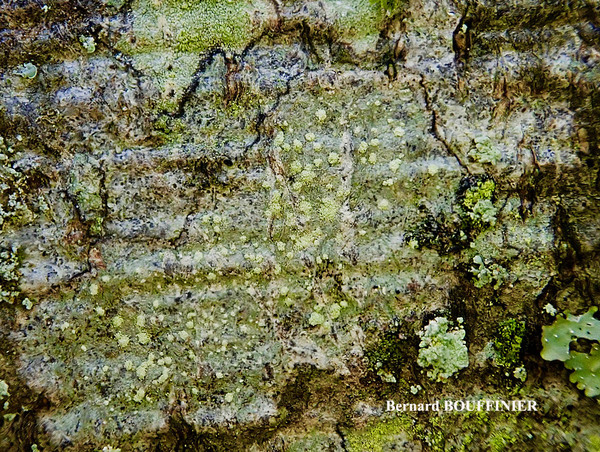
Bernard Bouffinier - Source: http://www.lichensmaritimes.org/index.php?task=fiche&lichen=788&lang=en
France, Plougastel Daoulas
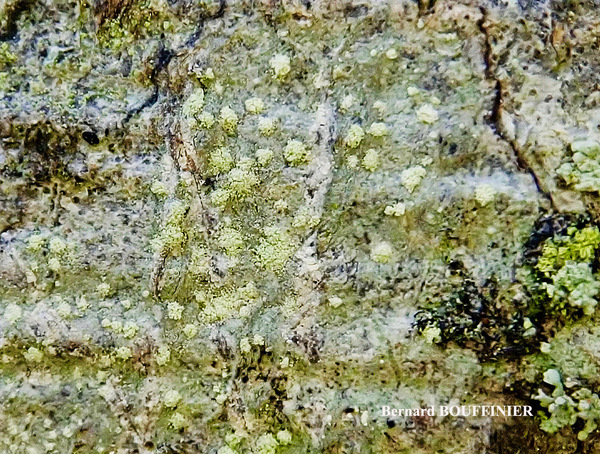
Bernard Bouffinier - Source: http://www.lichensmaritimes.org/index.php?task=fiche&lichen=788&lang=en
France, Plougastel Daoulas
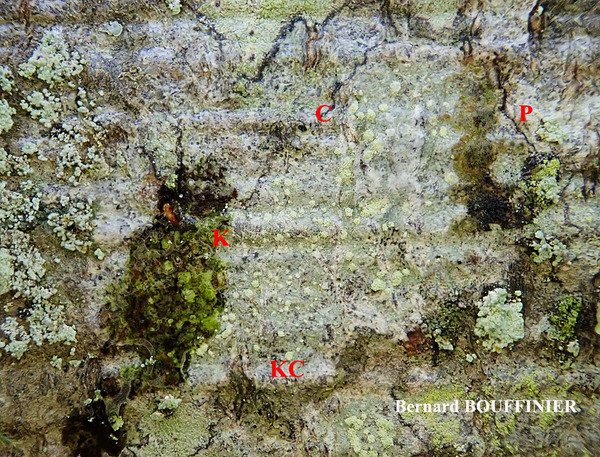
Bernard Bouffinier - Source: http://www.lichensmaritimes.org/index.php?task=fiche&lichen=788&lang=en
France, Plougastel Daoulas
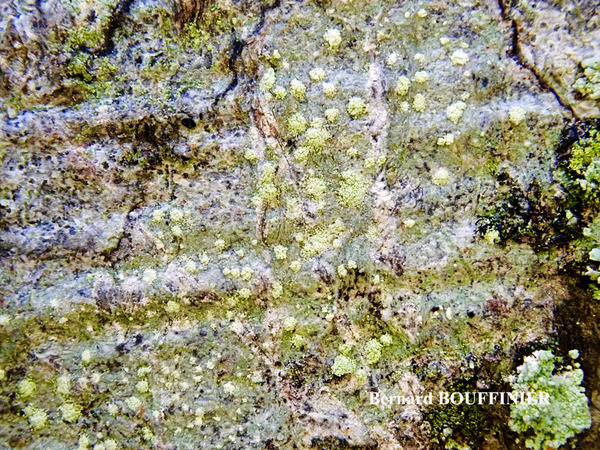
Bernard Bouffinier - Source: http://www.lichensmaritimes.org/index.php?task=fiche&lichen=788&lang=en
France, Plougastel Daoulas
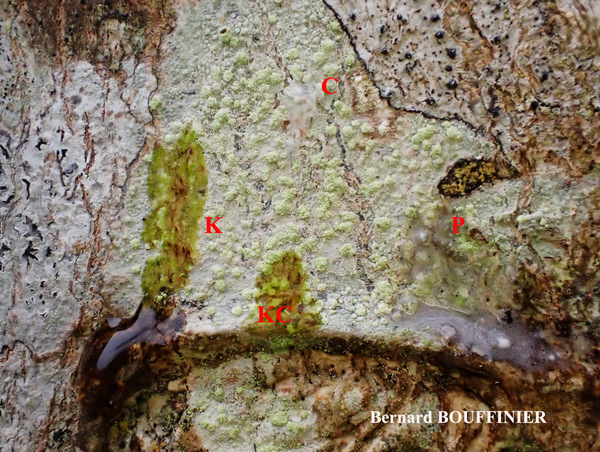
Bernard Bouffinier - Source: http://www.lichensmaritimes.org/index.php?task=fiche&lichen=788&lang=en
France, Roscanvel
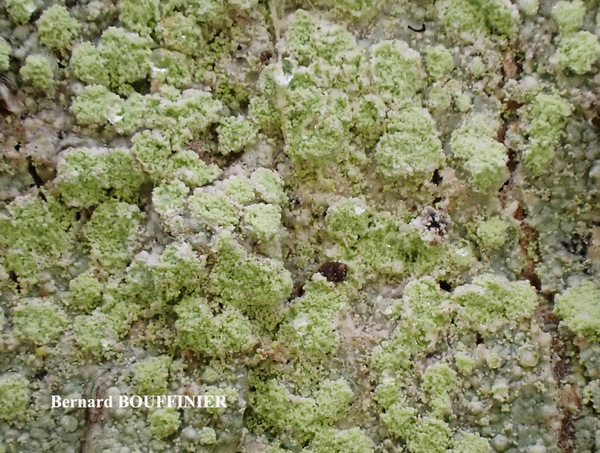
Bernard Bouffinier - Source: http://www.lichensmaritimes.org/index.php?task=fiche&lichen=788&lang=en
France, Roscanvel
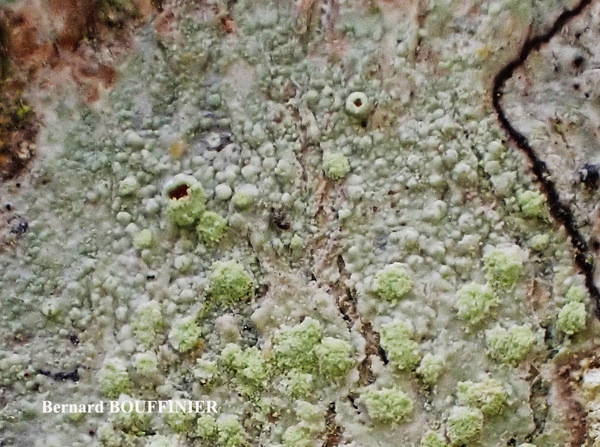
Bernard Bouffinier - Source: http://www.lichensmaritimes.org/index.php?task=fiche&lichen=788&lang=en
France, Roscanvel
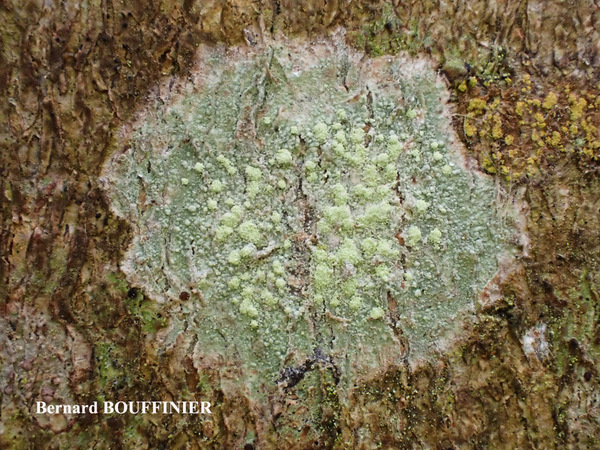
Bernard Bouffinier - Source: http://www.lichensmaritimes.org/index.php?task=fiche&lichen=788&lang=en
France, Roscanvel
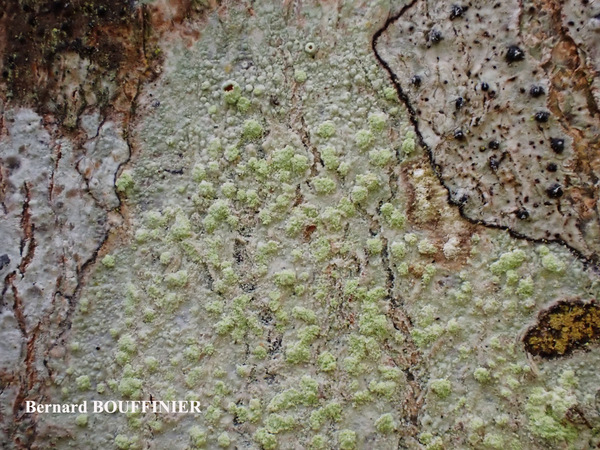
Bernard Bouffinier - Source: http://www.lichensmaritimes.org/index.php?task=fiche&lichen=788&lang=en
France, Roscanvel
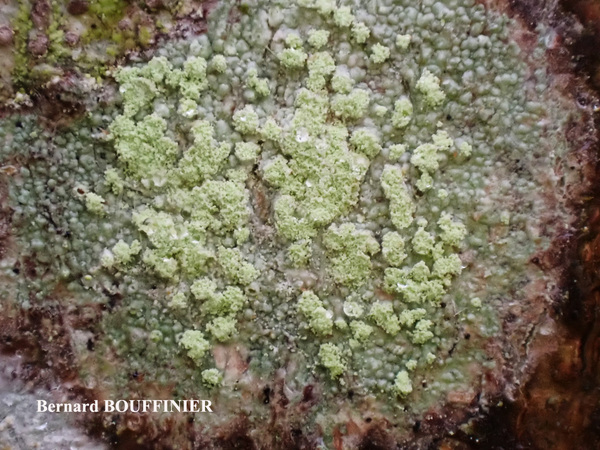
Bernard Bouffinier - Source: http://www.lichensmaritimes.org/index.php?task=fiche&lichen=788&lang=en
France, Roscanvel

Bernard Bouffinier - Source: http://www.lichensmaritimes.org/index.php?task=fiche&lichen=788&lang=en
France, Roscanvel
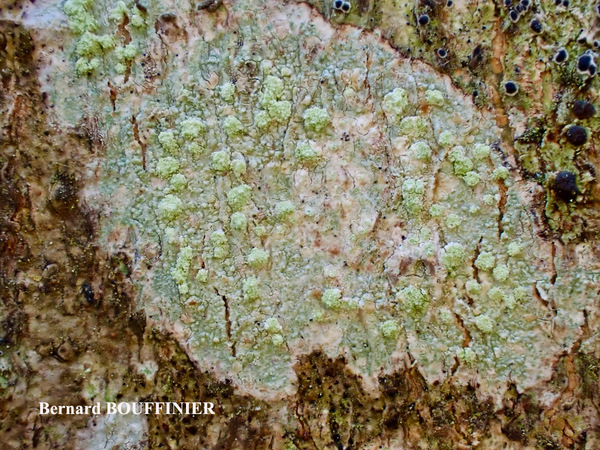
Bernard Bouffinier - Source: http://www.lichensmaritimes.org/index.php?task=fiche&lichen=788&lang=en
France, Roscanvel
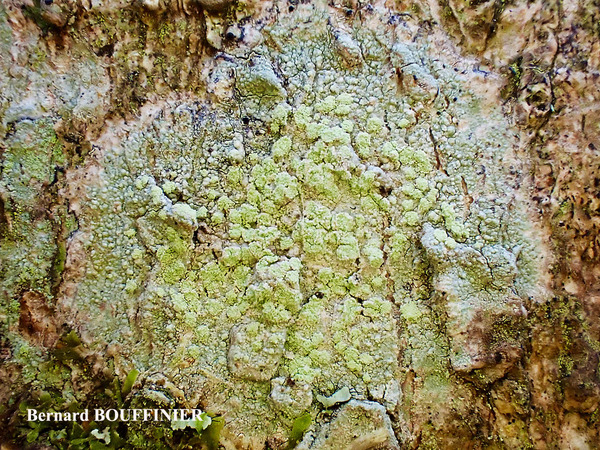
Bernard Bouffinier - Source: http://www.lichensmaritimes.org/index.php?task=fiche&lichen=788&lang=en
France, Roscanvel
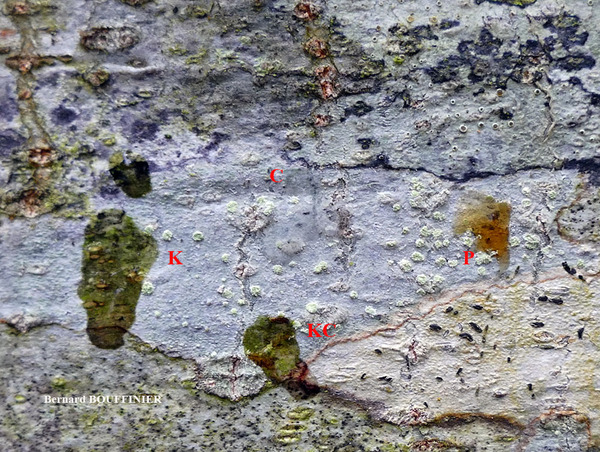
Bernard Bouffinier - Source: http://www.lichensmaritimes.org/index.php?task=fiche&lichen=788&lang=en
France, Huelgoat

Jacques Haine - Source: http://www.lichensmaritimes.org/index.php?task=fiche&lichen=788&lang=en
France, Roscanvel
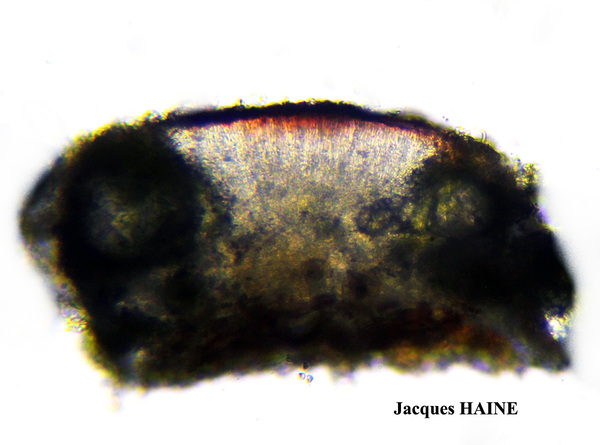
Jacques Haine - Source: http://www.lichensmaritimes.org/index.php?task=fiche&lichen=788&lang=en
France, Roscanvel

Jacques Haine - Source: http://www.lichensmaritimes.org/index.php?task=fiche&lichen=788&lang=en
France, Roscanvel
Growth form: Crustose
Substrata: bark
Photobiont: green algae other than Trentepohlia
Reproductive strategy: mainly asexual, by soredia, or soredia-like structures (e.g. blastidia)

Predictive model


P.L. Nimis - Department of Life Sciences, University of Trieste -CC BY SA 4.0
Herbarium: TSB (31426)
2001/11/25

Bernard Bouffinier - Source: http://www.lichensmaritimes.org/index.php?task=fiche&lichen=788&lang=en
France, Roscanvel

Bernard Bouffinier - Source: http://www.lichensmaritimes.org/index.php?task=fiche&lichen=788&lang=en
France, Roscanvel

Bernard Bouffinier - Source: http://www.lichensmaritimes.org/index.php?task=fiche&lichen=788&lang=en
France, Plougastel Daoulas

Bernard Bouffinier - Source: http://www.lichensmaritimes.org/index.php?task=fiche&lichen=788&lang=en
France, Plougastel Daoulas

Bernard Bouffinier - Source: http://www.lichensmaritimes.org/index.php?task=fiche&lichen=788&lang=en
France, Plougastel Daoulas

Bernard Bouffinier - Source: http://www.lichensmaritimes.org/index.php?task=fiche&lichen=788&lang=en
France, Plougastel Daoulas

Bernard Bouffinier - Source: http://www.lichensmaritimes.org/index.php?task=fiche&lichen=788&lang=en
France, Roscanvel

Bernard Bouffinier - Source: http://www.lichensmaritimes.org/index.php?task=fiche&lichen=788&lang=en
France, Roscanvel

Bernard Bouffinier - Source: http://www.lichensmaritimes.org/index.php?task=fiche&lichen=788&lang=en
France, Roscanvel

Bernard Bouffinier - Source: http://www.lichensmaritimes.org/index.php?task=fiche&lichen=788&lang=en
France, Roscanvel

Bernard Bouffinier - Source: http://www.lichensmaritimes.org/index.php?task=fiche&lichen=788&lang=en
France, Roscanvel

Bernard Bouffinier - Source: http://www.lichensmaritimes.org/index.php?task=fiche&lichen=788&lang=en
France, Roscanvel

Bernard Bouffinier - Source: http://www.lichensmaritimes.org/index.php?task=fiche&lichen=788&lang=en
France, Roscanvel

Bernard Bouffinier - Source: http://www.lichensmaritimes.org/index.php?task=fiche&lichen=788&lang=en
France, Roscanvel

Bernard Bouffinier - Source: http://www.lichensmaritimes.org/index.php?task=fiche&lichen=788&lang=en
France, Roscanvel

Bernard Bouffinier - Source: http://www.lichensmaritimes.org/index.php?task=fiche&lichen=788&lang=en
France, Huelgoat

Jacques Haine - Source: http://www.lichensmaritimes.org/index.php?task=fiche&lichen=788&lang=en
France, Roscanvel

Jacques Haine - Source: http://www.lichensmaritimes.org/index.php?task=fiche&lichen=788&lang=en
France, Roscanvel

 INDEX FUNGORUM
INDEX FUNGORUM
 GBIF
GBIF
